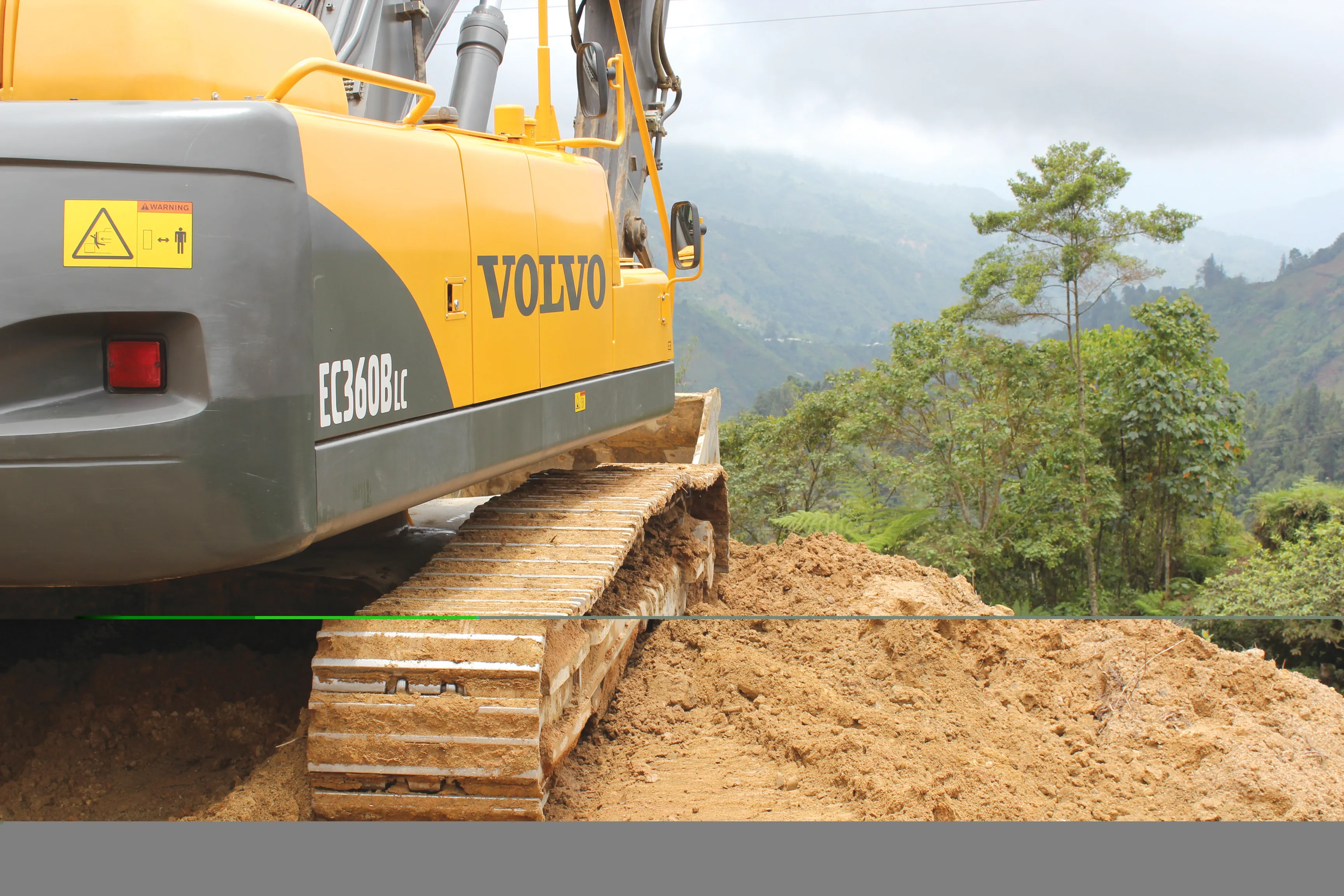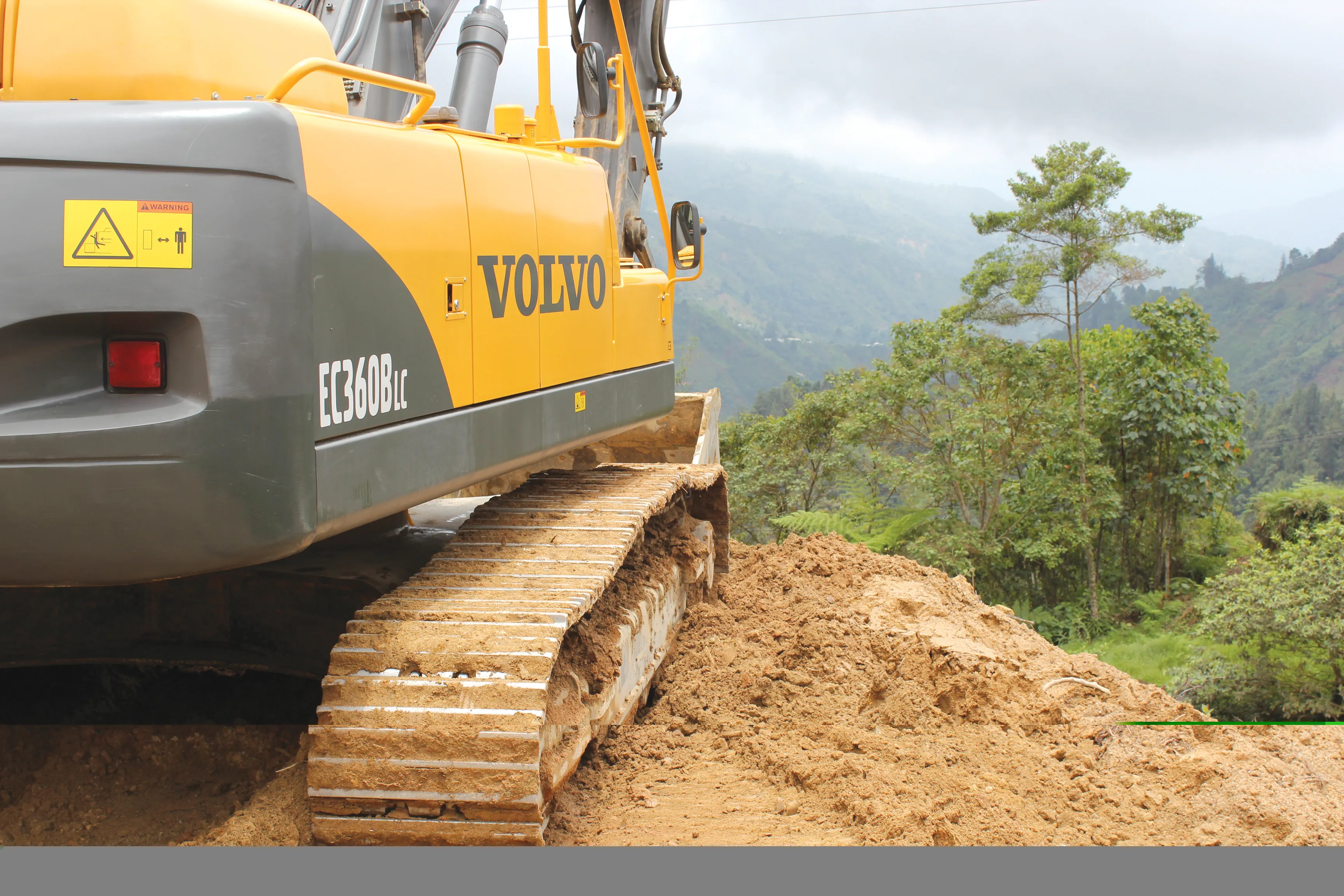Colombia is currently working on major highway projects that will improve transport infrastructure in the country and form part of its 4G programme. The US$616.5 million Rumichaca-Pasto dual carriageway in Narino department will improve Colombia’s transport connections with neighbouring Ecuador, cutting journey times from two hours at present to just one hour. The project is being handled by a consortium, Consorcio SAC 4G and involves improving an 80km road section and building additional lanes for the 74km
October 10, 2016
Read time: 2 mins
Colombia is currently working on major highway projects that will improve transport infrastructure in the country and form part of its 4G programme. The US$616.5 million Rumichaca-Pasto dual carriageway in Narino department will improve Colombia’s transport connections with neighbouring Ecuador, cutting journey times from two hours at present to just one hour. The project is being handled by a consortium, Consorcio SAC 4G and involves improving an 80km road section and building additional lanes for the 74km stretch between Ipiales and Pasto. The work also includes building 3.6km of bridges and 2.4km of tunnels as well as six interchanges. Another aspect of the project will be the installation of sophisticated traffic management technology to monitor vehicle flow along the route. The new route will improve transport connections for Rumichaca, Pupiales, Gualmatán, Ipiales, Iles, El Pedragal, Funes and Pasto.
Construction is also starting for the Pacifico I highway road in Antioquia department. Another project being prioritised by the Colombian Government is the construction of the Rumichaca-Variante Sur de Ipiales highway, which form part of the national Vias para la Equidad (Roads for Equality) programme. Design work for the Conexion Valle-Altillanura, Palmira-La Uribe-Villavicencio and Conexion Choco-Valle routes, are also now being carried out.
Construction is also starting for the Pacifico I highway road in Antioquia department. Another project being prioritised by the Colombian Government is the construction of the Rumichaca-Variante Sur de Ipiales highway, which form part of the national Vias para la Equidad (Roads for Equality) programme. Design work for the Conexion Valle-Altillanura, Palmira-La Uribe-Villavicencio and Conexion Choco-Valle routes, are also now being carried out.







